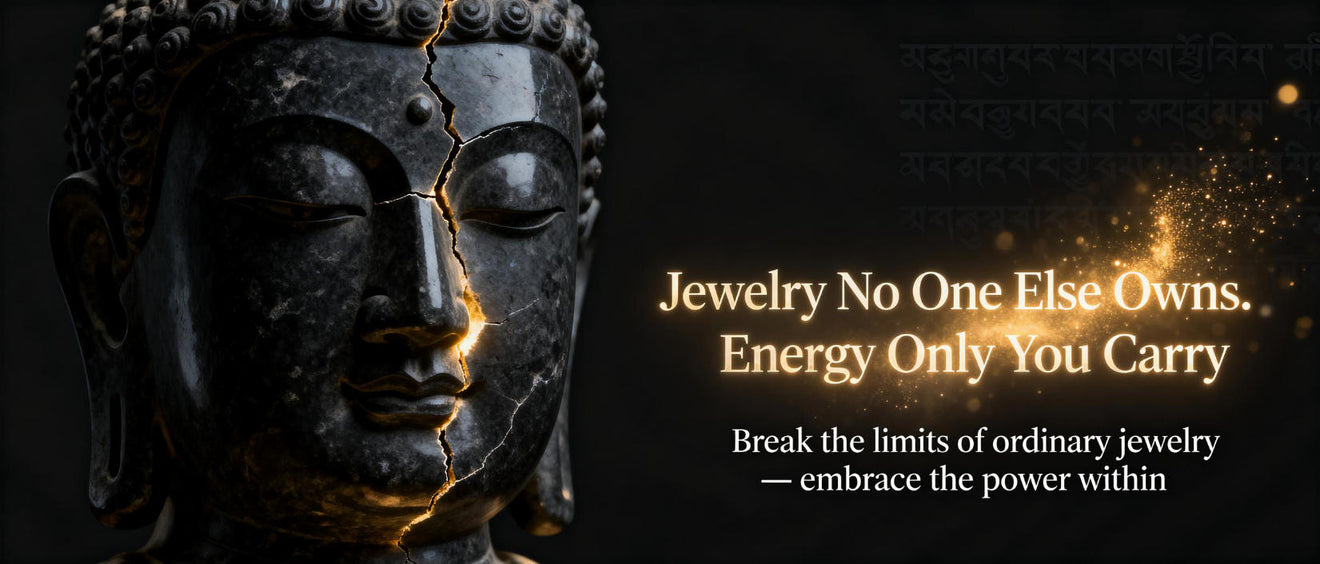
Amidst the complex pattern amidst Tibetan religious beliefs stand two meaningful icons: the traditional thangka and bodhi prayer bead. Each, uniquely expressed, facilitates linkages to metaphysical clarity. The thangka, an intricate scroll, illustrates divine figures, symbolic diagrams, or Buddhist narratives, serving as a contemplative tool.
By comparison, the bodhi bead, often crafted from semiprecious minerals, planks, kernels, or hard tissue, is a tangible reminder of Buddha's nirvana under the bodhi tree. Handling the beads deepens focused awareness.
- Collectively, the thangka and the bodhi bead illustrate the connection of beauty and piety. They offer a tangible link to the primeval enlightenment of Tibetan Buddhism.
Chronicles Inscribed in Camel Ossicles
Across distant millennia, antique treasures whisper tales relating to a world long forgotten. These are not ornate objects belonging to lost empires, but straightforward camel bones sculpted with motifs that enclose the mysteries of a bygone era. Each bone holds the echo derived from a life lived, a journey completed, and a connection to the old wisdom containing which enfolds us all.
- These
- Fragments
- Serve
Exploring the Mystical World of Thangka Art
Tangkas are glowing paintings on canvas, meticulously crafted by Tibetan artists to depict divine figures and scenes from Buddhist scriptures. Each detail within a thangka is laden with depth, forming a complex tapestry of visual narratives that guide the viewer on a meditative journey. The pigments used in thangkas are not merely aesthetic choices but carry deeper connotations, denoting different aspects of the Buddhist path. From the solemn figures to the intricate layouts, thangkas offer a portal into the rich world of Tibetan Buddhism, inviting us to deliberate upon its wisdom.
- Time-honored thangka art often depicts key Buddhist figures such as Buddha Shakyamuni, Bodhisattvas like Avalokiteshvara and Manjushri, and enlightened beings from various factions of Tibetan Buddhism.
- Within these representations lies a wealth of understanding that can be revealed by those who engage the symbolic language of thangkas.
Path to the Buddha's Path to Enlightenment: Embodied in Beads and Bone
Upon the winding track to enlightenment, the Buddha utilized tokens imbued with profound weight. Entire bead and material held within them the essence of his transcendent vision, presenting glimpses into the matrix of reality. By way of their contour, the Buddha articulated profound knowledges that outstrip the realm of prosaic perception.
From said reflective beads, crafted from rare materials, flowed vibrations that echoed with the nuanced flows within. The matrix of a individual, meticulously transformed into talismans, served as tangible signals of the impermanence basic to all existence.
Thangkas: Windows into Himalayan Spirituality
Thangkas colorful paintings on cloth serve as expressive representations of Himalayan spirituality. These intricate works of art, meticulously created with finest brushstrokes, depict a vast array upon Buddhist deities, mandalas, and scenes from time-honored scriptures. Each thangka is a profound portal for meditation and contemplation, offering wisdom into the refined teachings of Buddhism.
- They are often used in ritual ceremonies within the framework of
- evoking states of spiritual transcendence.
- Thangkas operate as not merely decorative artefacts but rather windows into the rich and intriguing world of Himalayan spiritual traditions.
Walking with Bodhi Beads: Paths of Mindfulness and Compassion
Each item on a bodhi bead mala whispers tales of ancient wisdom, guiding us on a pilgrimage through the tranquil waters of mindfulness. As we handle these intricately shaped beads, our fingers trace the contours of each one, anchoring our attention in the present moment. The gentle feel of the beads against our palms serves as a tangible reminder to respire, fostering a sense of peace.
- As each bead that passes between our fingers, we cultivate compassion, extending it first to ourselves and then outward to the world.
- Eastern religions teaches us that mindfulness is a discipline that requires patience and steadfastness.
Employing the rhythmic repetition of mantra or simply the mindful enumerating of the beads, we break free from the relentless chatter of the mind.
The practice applying bodhi beads is a delicate invitation to reawaken our connection with ourselves and the world around us.
Soulful Creation: Camel Bone Bracelets Enhancing Spiritual Progress
Purpose functions as an influential power in our lives, shaping our experiences and guiding us towards our spiritual goals. When we combine this intention with the venerable truths of crafting a camel bone bracelet, we create a potent synergy that can accelerate our spiritual growth.Camel bone represents sacred significance, representing sturdiness. Its natural beauty and rustic charm serve as a constant reminder of the vibrant energy within each of us.By deliberately picking each shard, channel our desires into the bracelet. With every knot or join, we interlace our hopes, dreams, and aspirations for spiritual evolution. This act of creation becomes a contemplative exercise, uniting us with our inner wisdom and guiding us on a quest for enlightenment.- Let the natural hues and textures of the bone guide your vision.
- Visualize your desires as you work, connecting them into the bracelet's structure.
- Charge the completed bracelet under the moonlight or sunlight to amplify its energetic properties.
Unveiling the Significance of Camel Bones in Buddhist Traditions
In the rich tapestry encircling Buddhist tradition, artifacts often hold profound symbolic meaning. Within these varied objects, camel bone stands out as a exceptional and engaging element. Amidst history, this material has been employed in the crafting during various Buddhist items, each imbued with specific implications.
- Viewed as a symbol of resilience and strength due to the camel's ability to thrive in harsh environments, camel bone often reflects spiritual fortitude.
- In addition, the color and texture for camel bone are believed as some to hold auspicious connotations, expressing purity and serenity.
Thus, camel bone has become a significant part of Buddhist lineage, serving as a tangible nexus to the profound teachings of this ancient faith.
Thangka Illustrations: Devotional Narratives
Within the ethereal realm of Tibetan Buddhism, Thangka paintings emerge as sacred portals to enlightenment. These remarkable works, meticulously crafted by skilled artists known as thangkapa, depict a myriad featuring vibrant deities, celestial beings, and mythical creatures. Each brushstroke fills profound spiritual significance, narrating ancient tales and philosophical dogmas.
- Offering a vast library of Buddhist iconography, Thangkas serve as both devotional objects and instructional tools. Devout practitioners gaze upon these paintings during rituals and meditations, seeking to cultivate spiritual wisdom.
- Ornately decorated with intricate details embellished by diverse vibrant hues, Thangkas are considered windows into the divine. Every one painting acts as a symbolic representation of the Divine Figure's teachings and the path to liberation.
Through their intense imagery and symbolism, Thangka paintings offer a glimpse into the rich sacred traditions of Tibet. They are a testament to the enduring charm of Tibetan art and its profound ability to motivate.
Embracing the Duality: Thangkas and the Cycle of Life and Death
Thangkas, vividly decorated scrolls from Tibet, express a bodhi beads bracelet significant discourse on life’s evanescence. Each intricate sketch depicts deities and beings engaged in the ongoing expedition of life and death, a symphony of birth, growth, impermanence, and resurgence. The artists skillfully interlace these concepts within the thangka's universe, highlighting the relation of all things. Through vivid icons, they invite us to contemplate on our own being. The cycle recurs, a progression of coming and going, highlighting the preciousness of each moment. By embracing this duality, thangkas teach us to welcome the beauty in both life's joys and sorrows.Threads of Devotion: The Significance of Bracelets in Buddhist Practice
In the intricate tapestry of Buddhist practice, seemingly humble objects often hold profound meaning. Among these are bracelets, which serve as tangible signs of devotion and commitment to the philosophy of Buddha. Worn on the wrist, a bracelet performs as a constant reminder of one's aspirations and aspirations. It can represent the impermanence of life, motivating practitioners to remain balanced in the present moment. Some bracelets may harbor sacred symbols, such as mantras or the names of Buddhas, which are thought to attract positive energy and shield. Others can be made from substances with spiritual significance, like sandalwood or lotus seeds, amplifying the bracelet's energy. Ultimately, the significance of a Buddhist bracelet extends far beyond its physical form. It becomes a powerful tool for prayer, a inspiration to live in harmony with the teachings of Buddha, and a manifestation of one's unwavering faith.